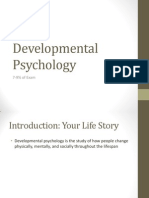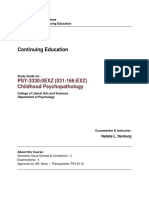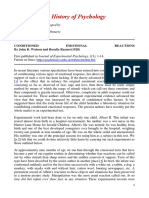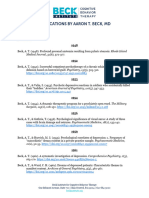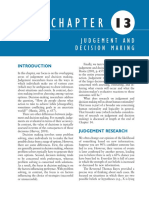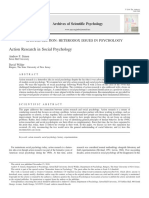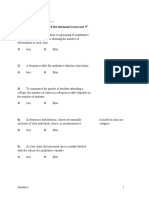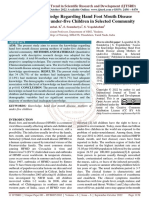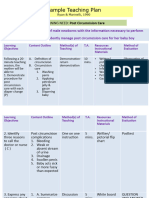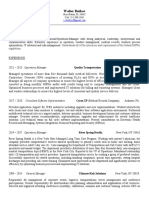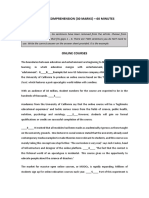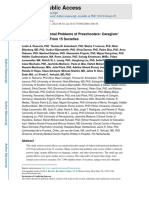0% found this document useful (0 votes)
267 views35 pagesSullivan Interpersonal Theory: Respond Efficiently To Different Behavior
Harry Stack Sullivan (1892-1948) was an American psychiatrist who developed an interpersonal theory of personality. He believed that personality is shaped primarily by interpersonal relationships and interactions, rather than fixed biological factors. Sullivan emphasized the importance of childhood friendships and intimacy in personality formation. He viewed personality as inseparable from the complex social worlds and relationships that people live within. Sullivan had a difficult childhood growing up isolated on a farm, which he believed influenced his own difficulties with social relationships and awareness of interpersonal dynamics.
Uploaded by
Mikhaela RavenCopyright
© © All Rights Reserved
We take content rights seriously. If you suspect this is your content, claim it here.
Available Formats
Download as PDF, TXT or read online on Scribd
0% found this document useful (0 votes)
267 views35 pagesSullivan Interpersonal Theory: Respond Efficiently To Different Behavior
Harry Stack Sullivan (1892-1948) was an American psychiatrist who developed an interpersonal theory of personality. He believed that personality is shaped primarily by interpersonal relationships and interactions, rather than fixed biological factors. Sullivan emphasized the importance of childhood friendships and intimacy in personality formation. He viewed personality as inseparable from the complex social worlds and relationships that people live within. Sullivan had a difficult childhood growing up isolated on a farm, which he believed influenced his own difficulties with social relationships and awareness of interpersonal dynamics.
Uploaded by
Mikhaela RavenCopyright
© © All Rights Reserved
We take content rights seriously. If you suspect this is your content, claim it here.
Available Formats
Download as PDF, TXT or read online on Scribd
/ 35


